Nature is full of incredible sounds, from melodic bird songs to soothing ocean waves. But some creatures are less about harmony and more about turning up the volume. These animals have screeches, screams, and calls so ear-piercingly loud that they could make your eardrums beg for mercy. Whether it’s a survival tactic, a call for a mate, or just a way to show off, these vocal powerhouses are not here to be subtle. Let’s meet the 12 creatures whose screeches can rival even the noisiest rock concert.
1. Bats: The Nighttime Soprano
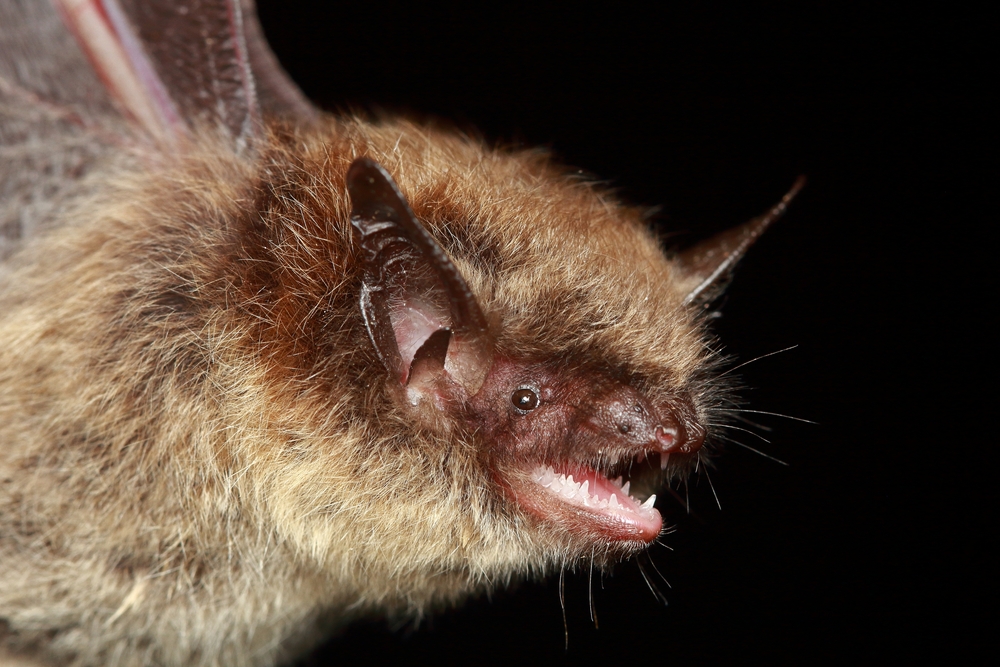
Believe it or not, bats aren’t just about silent swoops in the dark; they can be quite the noisy neighbors. Though humans can’t hear their echolocation sounds, they do emit audible social calls that are surprisingly loud. According to the British Trust for Ornithology, bats produce social calls that, while often lower in frequency than their echolocation calls, can be quite audible and are used for communication among individuals. Imagine you’re settling down for a peaceful night, and suddenly there’s a screeching argument happening above your head. These nighttime critters use their vocal prowess to communicate, which can sometimes sound like a chaotic bat choir practice. Sure, they munch on pesky insects, but their vocal skills could easily disrupt a serene night under the stars.
In fact, some of their calls can reach decibel levels that put your alarm clock to shame. Each species has its own unique call set, and some are particularly notorious for being extra shrill. While not all bats will unleash their vocal cords in your presence, catching them on a chatty night can make you really appreciate soundproof glass. So, next time you’re wandering around at dusk and hear an eerie screech, just remember, it’s probably just the bats having a little tête-à-tête.
2. Howler Monkeys: The Jungle’s Alarm Clock
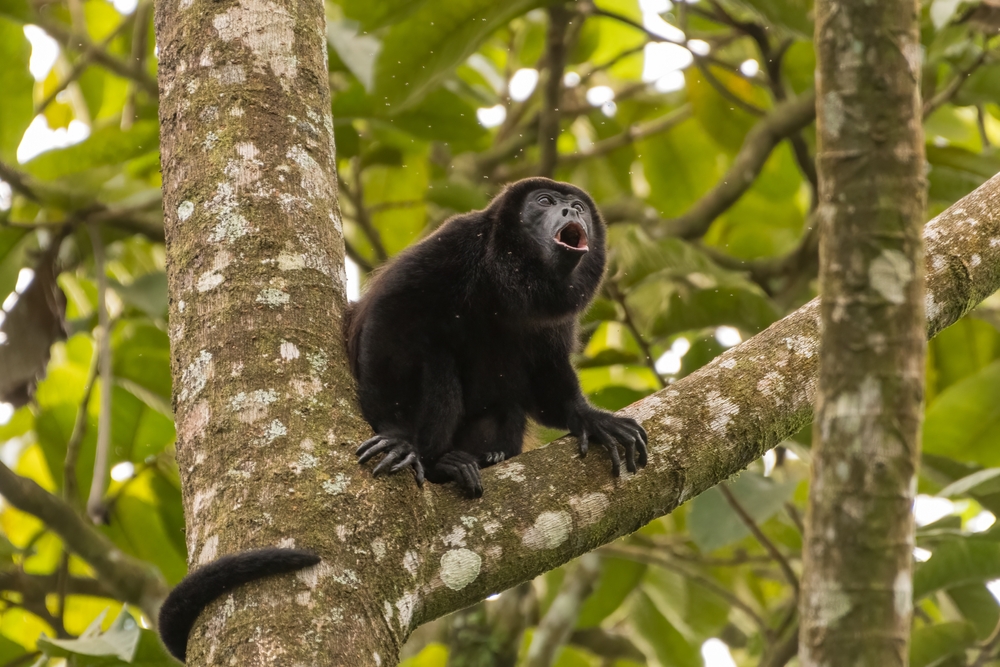
If you’re planning a trip to the jungles of Central or South America, prepare yourself for a natural alarm clock courtesy of the howler monkeys. Their guttural roars can travel for miles, echoing through the dense canopy with a sound that could wake the dead. The irony is that these loud calls are meant to mark territory and keep other monkeys at bay, but they end up being the jungle’s equivalent of a megaphone. Hearing these calls is like having a front-row seat to a nature documentary—but live, and without the volume control. As noted by Australian Geographic, howler monkeys’ calls can reach 90 decibels and be heard up to almost 5 miles away, serving as a territorial announcement and a warning to others to stay out of their area.
The calls of a howler monkey aren’t just loud; they’re a full-body experience. You can feel the reverberations as these creatures stretch their throats to produce those booming sounds. It’s a reminder of the raw, untamed power of the wild and how these creatures use sound as much as sight to navigate and survive. So if you’re ever camping in the jungle and a cacophonous roar disrupts your sleep, you’ll know it’s just the resident howlers doing their morning routine.
3. Kakapo: The Booming Parrot
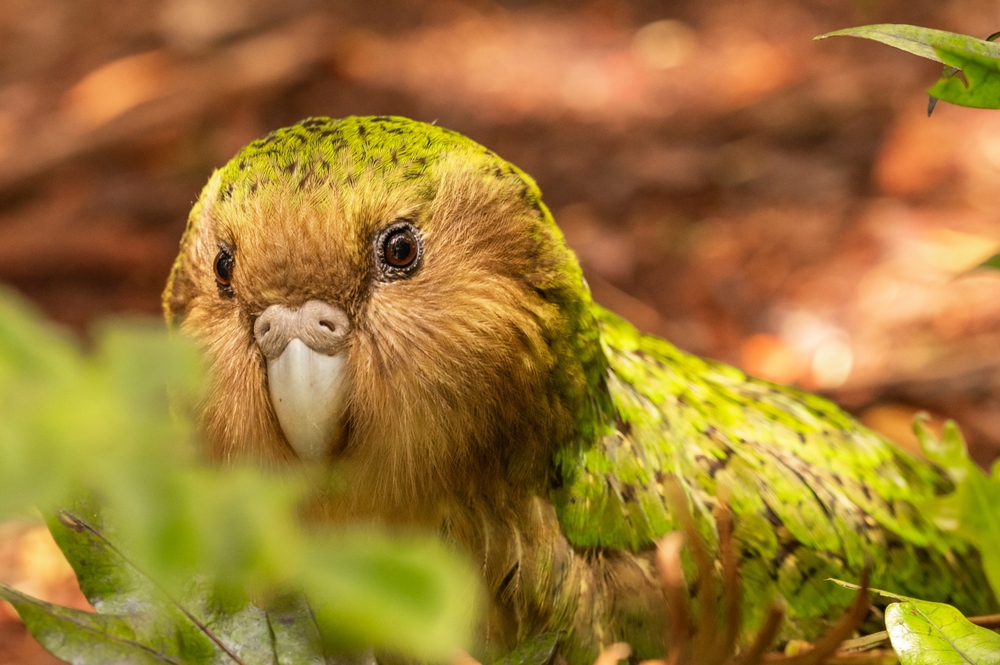
Meet the kakapo, a flightless parrot from New Zealand with a booming voice that belies its pudgy appearance. This nocturnal bird’s mating call is a deep, resonant boom that can travel over several kilometers, making it a sound you can’t escape if you’re on its turf. It’s a bit like having a bass speaker hidden in the underbrush, pulsating with a subwoofer effect that rumbles through the forest. The kakapo’s call is not only a testament to its unique biology but also an intriguing love song in the avian world.
Despite being critically endangered, the kakapo’s booming calls were once a common soundtrack in New Zealand’s forests. The males create these sounds by inflating a thoracic sac, and the resulting noise can make you wonder if a lost dinosaur is roaming around. These calls are all about attracting a mate, so they’re loud, proud, and persistent. If you ever hear the echoing boom of a kakapo, count yourself lucky—you’re experiencing an ancient echo of a resilient species.
4. Blue Whales: The Oceanic Loudspeakers

When it comes to size and sound, blue whales are the reigning champions of the ocean. Their calls can reach up to 188 decibels, louder than a jet engine, and can travel across entire ocean basins. These low-frequency calls may not burst your eardrums instantly, but they resonate with a power that is felt more than heard. Imagine the vastness of the ocean being filled with the haunting songs of these gentle giants, booming through the deep as they communicate across miles.
Blue whales use these powerful vocalizations for navigation and to communicate with others over great distances. Though they’re the largest animals on Earth, their communication skills are equally impressive, painting a picture of how sound rules the underwater world. Stealthy submarines might be the only things that can move silently beneath the waves when blue whales are around. If you’re ever lucky enough to hear their calls, you’ll understand why they’re called the ‘loudspeakers of the sea.’
5. Elephants: The Thunderous Trumpeters
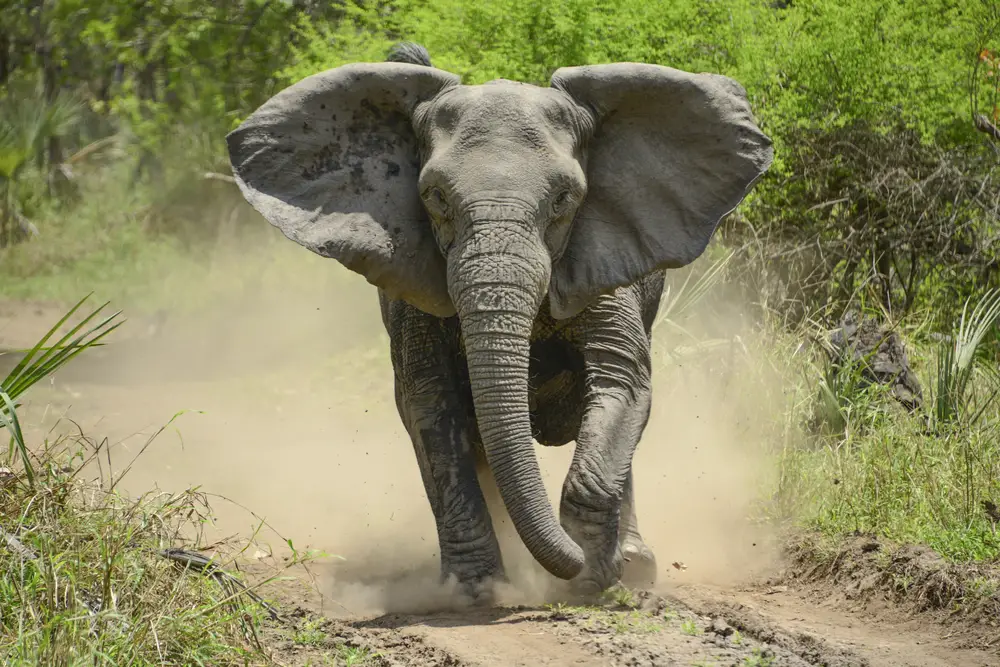
Elephants are known for their size and strength, but when it comes to sound, these gentle giants can also bring the house down. Their trumpeting calls are a mix of roars, rumbles, and, yes, literal trumpets, filling the air with a sound that demands attention. Whether it’s a joyful announcement or a warning, an elephant’s call is unmistakable and can be heard from quite a distance. These calls are a reminder of the social bonds in elephant herds and their need to communicate over vast distances.
Elephants have an array of vocalizations, but their trumpeting is the most iconic. It’s an audio signature of the wild, echoing through savannas and forests, letting all who hear it know that the elephants are near. These sounds are not just loud; they carry emotional depth, conveying everything from excitement to distress. If you’re ever on safari and hear the blaring sound of an elephant’s trumpet, you’ll feel the raw power and emotion that these magnificent creatures express through their calls.
6. Cicadas: The Summer Serenaders
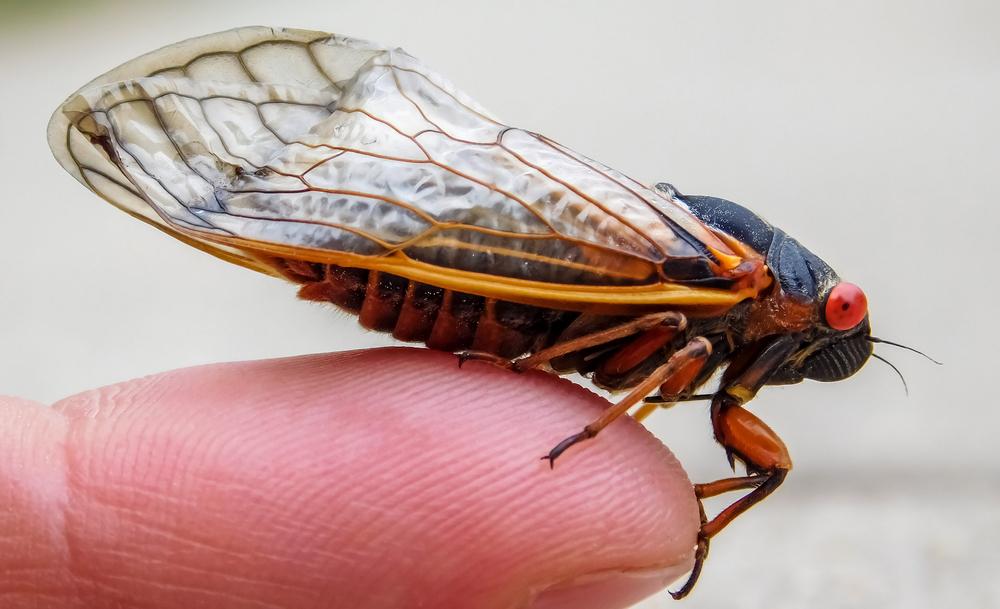
As soon as summer hits, cicadas emerge with a noise that can feel more like an invasion than a serenade. Their collective calls can produce a sound level that rivals a rock concert, filling the air with a relentless, pulsating drone. This sound is a backdrop to summer nights, creating a soundtrack that’s both comforting and overwhelmingly loud. It’s like nature’s own version of white noise, except you can’t turn it off.
Cicada calls are produced by vibrating drum-like organs called tymbals, and when thousands of them get going, it can be ear-splitting. These insects aren’t just making noise for fun; they’re all about attracting mates with their symphony of sound. While it may be a bit much for human ears, the call of the cicada is music to the ears of potential partners. So, next time you’re trying to enjoy a peaceful summer evening and the cicadas start their concert, just remember, it’s all in the name of love.
7. Lions: The Majestic Roarers
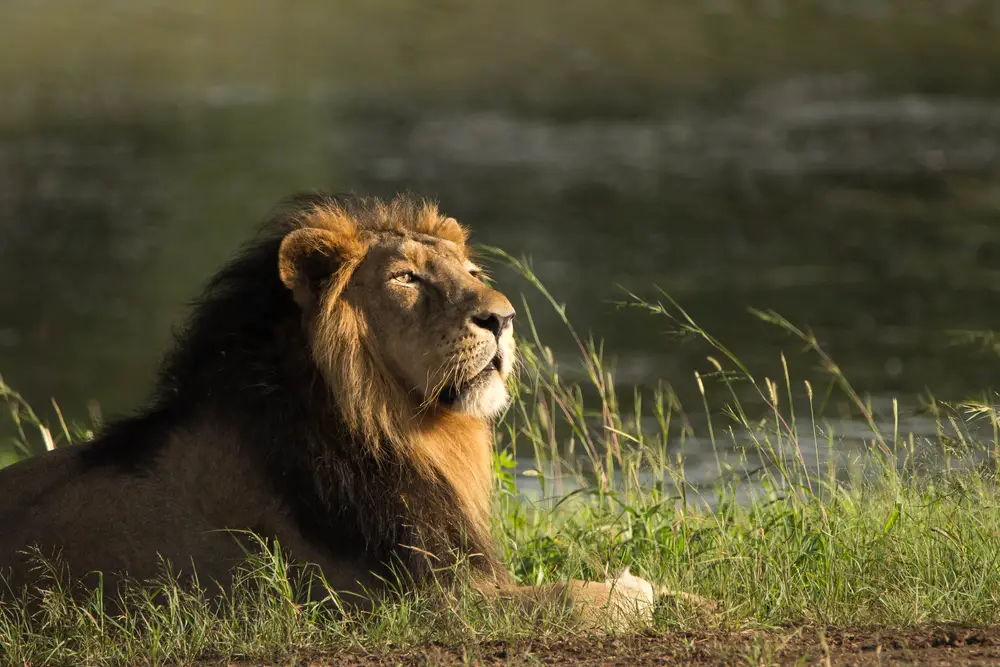
In the wild, nothing quite matches the spine-tingling roar of a lion, the king of the jungle. It’s a sound that can travel up to five miles and is as much a part of the savanna as the wind in the grasses. This iconic roar is a social tool, used to communicate with the pride, ward off rivals, and declare territory. It’s an auditory spectacle that encapsulates the power and majesty of these apex predators.
A lion’s roar isn’t just loud; it’s a deep, resonant sound that seems to echo from the very earth beneath your feet. It’s a thrilling experience to witness, especially if you’re lucky enough to be on a safari. The call is an invitation to both other lions and curious tourists to appreciate the majesty of these creatures. If you’re ever close enough to hear it, you’ll understand why the lion’s roar is one of the most iconic sounds in nature.
8. Wolves: The Chilling Howlers
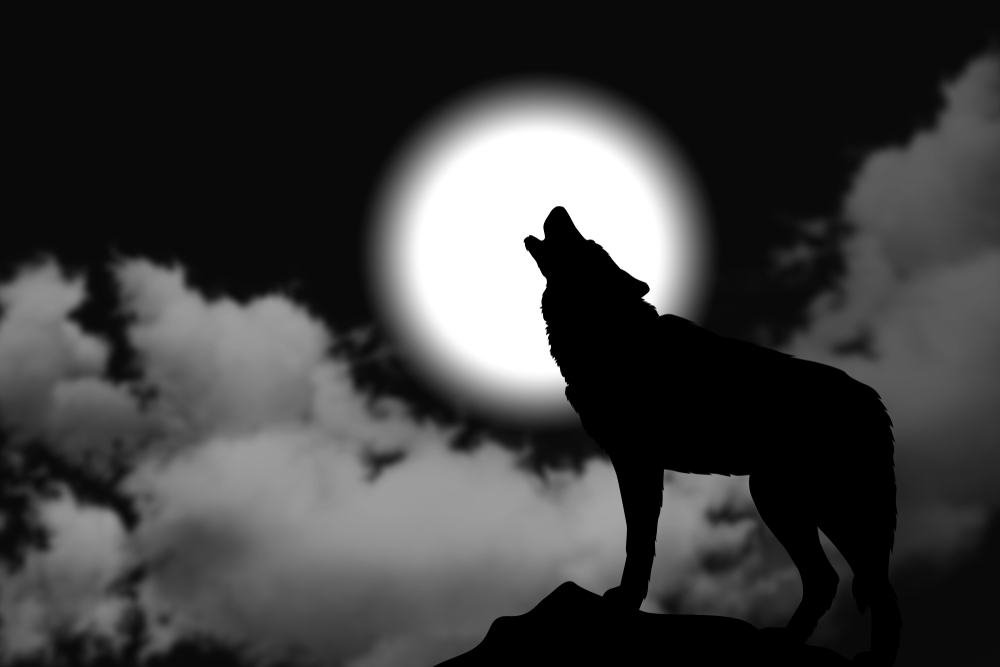
In the quiet of a forest night, the haunting howl of a wolf can send shivers down your spine. These howls serve a vital purpose in the wild, acting as long-distance calls to communicate with pack members and declare territory. It’s a sound that has inspired legends and folklore, a chilling reminder of the untamed wilderness. When a wolf howls, it’s the original chain text, passing messages through the vast woods.
Wolves have a repertoire of sounds, but their howl is the most iconic, stirring a primal part of our human nature. The eerie wail can travel several miles, making it both a warning and a call to arms for the pack. Hearing a wolf’s howl is like stepping into a storybook, where the wild still reigns and nature speaks in voices both beautiful and terrifying. If you’re fortunate enough to hear one, embrace the moment—it’s a sound that connects us to the ancient wild.
9. Peacocks: The Courting Cacophony
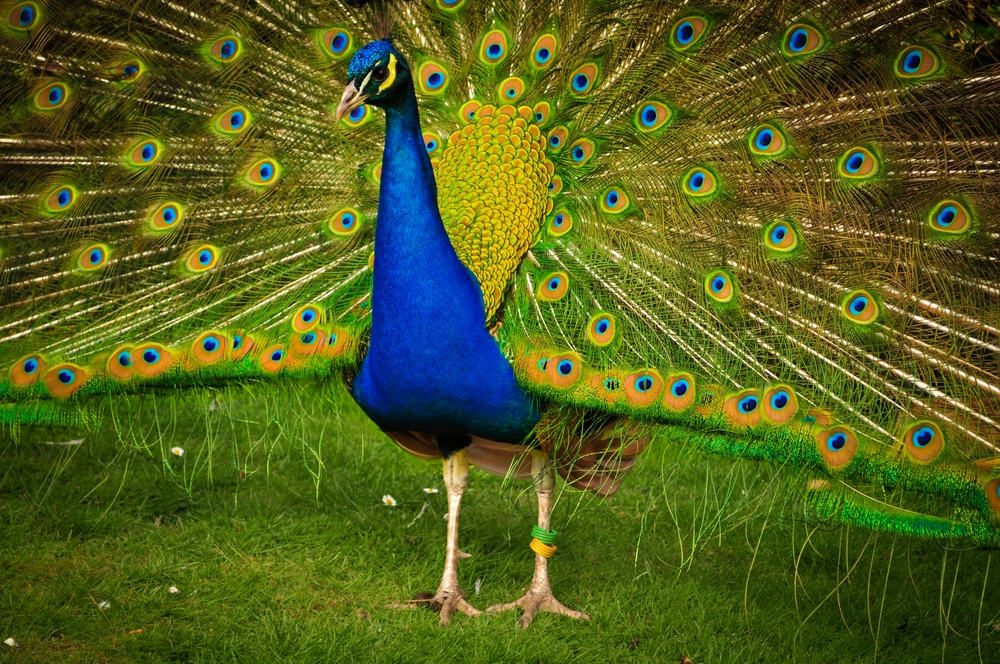
A peacock’s call might not be what you expect from such a visually stunning creature, but it’s certainly attention-grabbing. Their loud, raucous cries are part of their courtship ritual, a sonic display meant to match their vibrant plumage. It’s a sound that pierces through the calm of a garden or forest, reminding everyone that beauty can be noisy too. The peacock’s call is a testament to the fact that in nature, sometimes it’s all about who can make the biggest impression.
These birds are the divas of the avian world, and their calls are as flamboyant as their feathers. The sound is a bold statement, echoing through the air as if to say, “Look at me!” While their plumage steals the visual show, their calls ensure they’re heard long before they’re seen. So, if you ever hear a loud, distinctive call that seems to demand attention, look around for the flamboyant diva of the bird world: the peacock.
10. Gibbons: The Singing Swingers

Gibbons are the opera singers of the jungle, producing calls that resonate through the trees with a musicality that is both enchanting and ear-piercing. These calls are often duets between mates, echoing across the canopy as a declaration of love and territory. It’s a vocal performance that rivals any human-made symphony, blending melody and volume in a natural concert. When gibbons sing, the jungle listens, and their calls are a beautiful, if loud, reminder of the bonds that tie them.
The calls of gibbons are dynamic and complex, often lasting for minutes as they swing through the trees. These sounds are not just for show; they’re integral to the gibbon’s social structure, marking boundaries and strengthening pair bonds. Listening to a gibbon’s call is like catching a live performance in nature’s concert hall, a soundscape full of emotion and energy. So, if you find yourself in the jungle and hear an operatic call from above, take a moment to appreciate the gibbon’s natural symphony.
11. Frogs: The Amphibian Choir
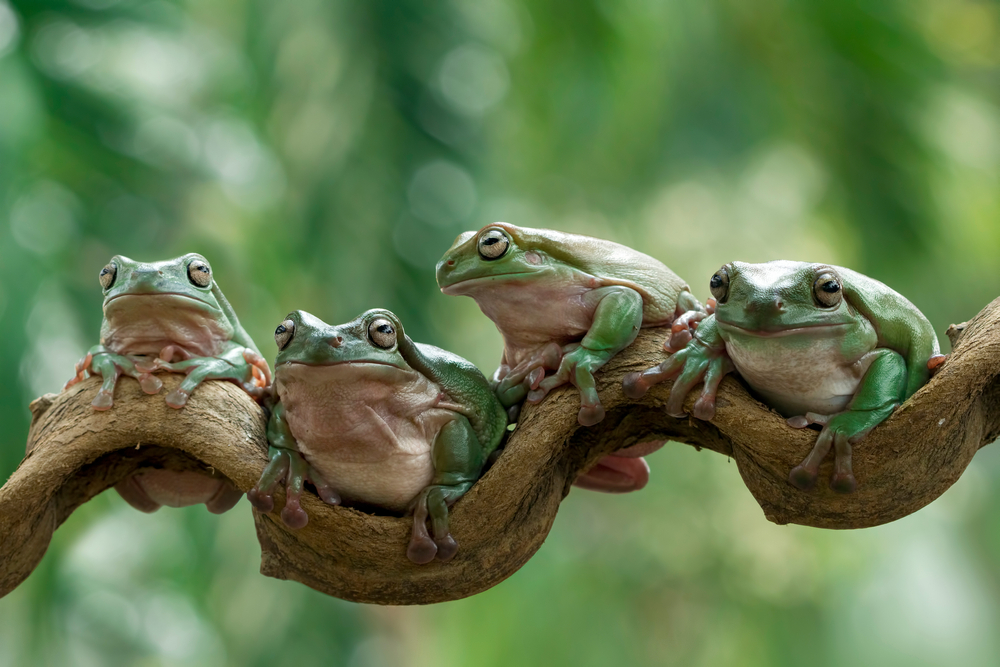
When it comes to making noise, frogs are the unsung heroes of the amphibian world, especially during mating season. Their calls can range from melodic trills to loud, repetitive croaks, creating a chorus that fills the night air with an amphibious symphony. It’s a sound that’s both romantic and relentless, a concert that continues long into the night. Frogs use these vocalizations to attract mates, turning ponds and wetlands into lively music venues.
The variety in frog calls is astonishing, with each species having its own unique sound and rhythm. Whether it’s a gentle ribbit or a full-throated croak, these calls serve as beacons in the night, guiding potential mates to the source. In the darkness of a warm evening, their calls create a soundscape that is both familiar and mysterious. If you’re ever near a pond as night falls, you’ll hear the amphibian choir begin their nightly performance, a testament to the power of sound in the natural world.
12. Cockatoos: The Chatty Parrots
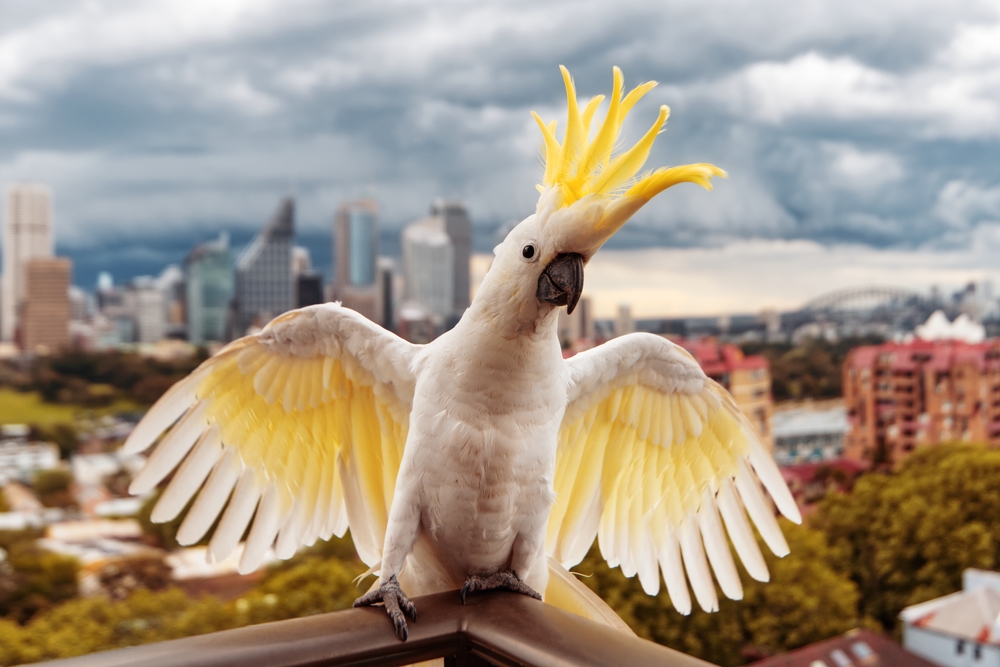
Cockatoos are the chatty Cathys of the bird world, capable of producing sounds that range from charming whistles to ear-piercing screeches. These social birds are not afraid to make their presence known, filling the air with a vocal range that can be both delightful and deafening. Whether they’re warning of danger or simply expressing their excitement, a cockatoo’s call is a sound you won’t soon forget. They’re the type of birds that could start a conversation with a sunrise and still be chatting when the sun sets.
These parrots are known for their intelligence and social nature, which they express through their wide variety of calls. Cockatoos have personalities as colorful as their plumage, and their vocalizations reflect that vibrant spirit. While their screeches can be startling, they’re also a reminder of the lively, social world these birds inhabit. If you ever find yourself amidst a flock of cockatoos, prepare for a symphony of sound that captures the exuberant energy of nature’s most talkative residents.
